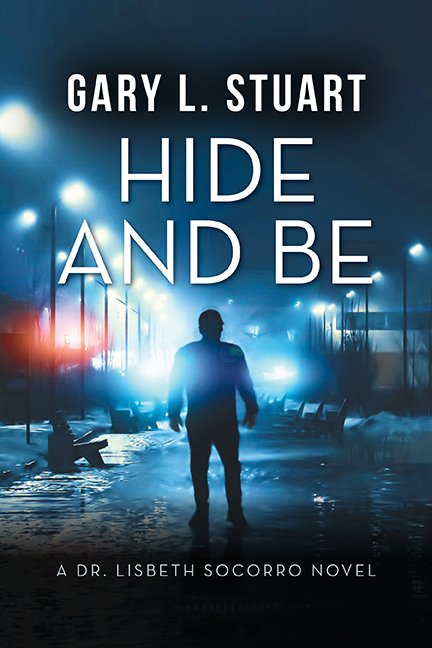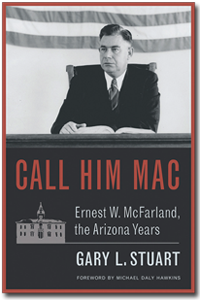Emily Post’s “Etiquette” website is where one goes to learn etiquette, good taste, and manners, in case you’ve forgotten what your mother said about always sending thank you notes. “Thank you notes are an appropriate way to express gratitude to a friend, loved one, or colleague for any sort of gift or act of kindness. They’re also a great way to connect with friends and loved ones or strengthen your relationship with a friend or partner. It’s never wrong to send a thank you note, and people always appreciate getting ‘thanks’ for their efforts. And if you’re thinking about whether or not you should write a thank you note, you probably should. Anyone would appreciate receiving a thank you note, and some people may be expecting one. All gifts should be acknowledged with a note, unless the present was opened in front of the giver—then you have the chance to thank them in person.”[1]
So, Ms. Post not only defines them, but she also gives us the ethical parameters for writing and sending thank you notes. By telling us it’s never “wrong” to send one, she subtly reminds us it must be done at the right time for the right reason. Those are ethical imperatives.
Timing is an important element of when to send a thank you note. Essentially it’s when you should show your appreciation for something nice done to you, for you, on your behalf, and because your station in life demands your steady adherence to manners, etiquette, and polite behavior. It’s especially important to do it for the right reason at the right time, and in the right way—that is a way appropriate for your community and your station in life. Appreciation is called for after attending an event or getting a gift. The tried and true way of offering a thank you is with a handwritten card. The card is usually delivered via mail or can be hand delivered as well.”[2]
How American etiquette demands thank you notes is blurry, but Egyptian and Chinese cultures were the first known to exchange messages of goodwill and good fortune on pieces of papyrus. In the 1400s thank you notes were exchanged after someone invited you to their castle, abode, or hut. In the United States greeting cards and thank you note cards were first circulated in the mail with the invention of the postage stamp in 1840. Mass manufacturing in 1856 led to the practice of sending thank you notes for attending weddings, showers, parties, and to acknowledge the receipt of a gift.[3]
The American School of Protocol reminds us that the phrase “thank you” can be traced back to the Old English language, where it was written as “bancian” and pronounced “thahn-kyahn.”In Middle English, the word evolved to “thanken” and from there became our modern English “thank.” And that revered school clarifies what your mother probably said when you came to be of a certain age and were expected to act with decorum showing how well your parents knew their place in society. They make it easy. “Our four simple sentence method ensures that your thank you note will be clear, concise, and well-received. 1. The first sentence is about the gift or event (e.g., Thank you for the beautiful birthday gift.) 2. Sentence two is also about the gift or event (e.g., I have always loved colorful scarves.) 3. The third sentence is unrelated (e.g., I can’t wait to see you again next month.) 4. The last sentence is about the gift or event (e.g., My lovely scarf will remind me of you each time I wear it.) And always remember to include a greeting at the beginning and a signoff at the end of the message, and you will have crafted a perfect and sincere thank you note!”[4]
But thank-you notes are relics in the digital age because we don’t write longhand, in cursive, on paper, or to be polite or grateful. We are up on TikTok and down on Facebook, neither of which requires decorum or good manners. Not so fast, says the New York Times.
“The thank-you note may seem to be an archaic holdover from a time of Rolodexes and rotary phones. But etiquette experts and social observers argue that a handwritten expression of gratitude has never been more important. It can even be a gift itself. Thousands of listeners tell us that they’re disappointed in how no one writes notes anymore saying thanks, said Nick Leighton, the co-host of the etiquette podcast, ‘Were You Raised by Wolves?’ A handwritten thank-you note isn’t just a time-honored art . . . It’s an act of thoughtfulness that makes our society a better place by encouraging a spirit of generosity and appreciation. And while an emailed thanks is a nice gesture, many experts say that, in this virtual age, a traditional, physical note is more powerful than ever.”
So, there you have it. You can be well behaved, act courteously, do the right thing, act grateful, and vote for whomever does not seem extreme, violent, narcissistic, or mad at the world. Send the world a thank you note.
[1] https://emilypost.com/advice/complete-guide-to-writing-thank-you-notes
[2] https://www.lplft.com/blog/thank-you-notes-a-history-and-how-to
[3] Ibid.
[4] https://www.theamericanschoolofprotocol.com/post/a-brief-history-of-thank-you

I am an author and a part-time lawyer with a focus on ethics and professional discipline. I teach creative writing and ethics to law students at Arizona State University. Read my bio.
If you have an important story you want told, you can commission me to write it for you. Learn how.






 I am an author and a part-time lawyer with a focus on ethics and professional discipline. I teach creative writing and ethics to law students at Arizona State University.
I am an author and a part-time lawyer with a focus on ethics and professional discipline. I teach creative writing and ethics to law students at Arizona State University.  My latest novel is Hide & Be.
My latest novel is Hide & Be.  If you have an important story you want told, you can commission me to write it for you.
If you have an important story you want told, you can commission me to write it for you.